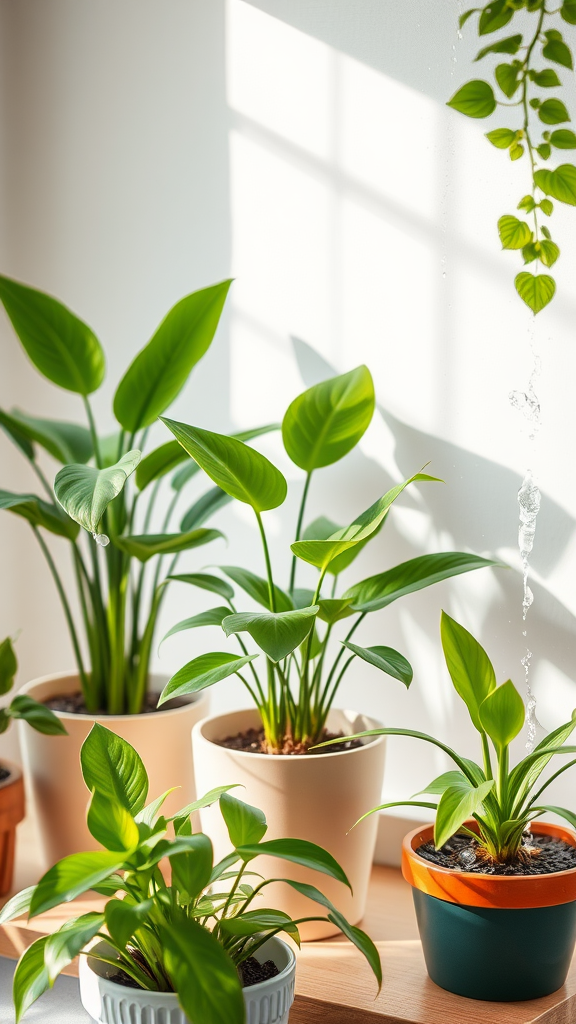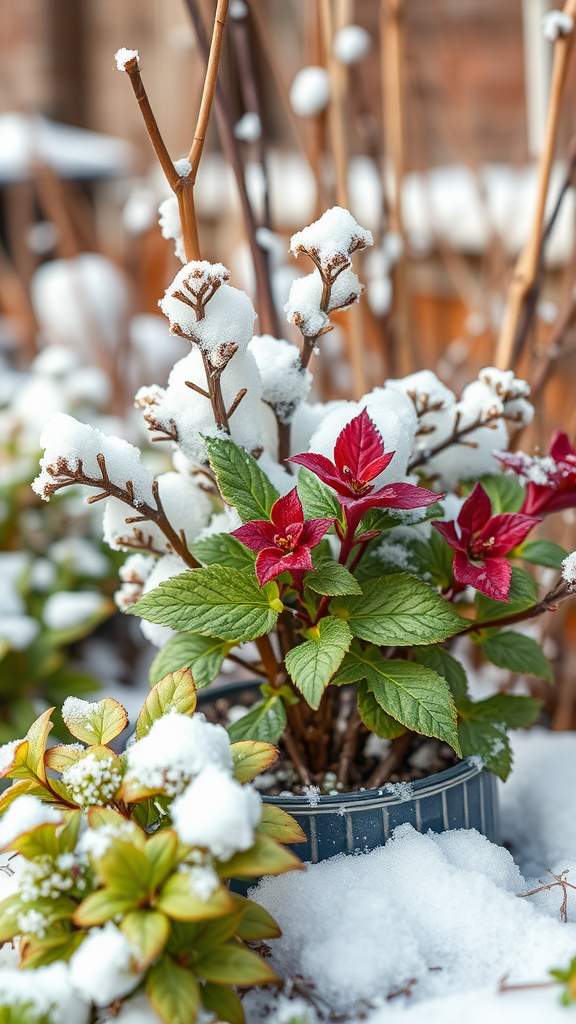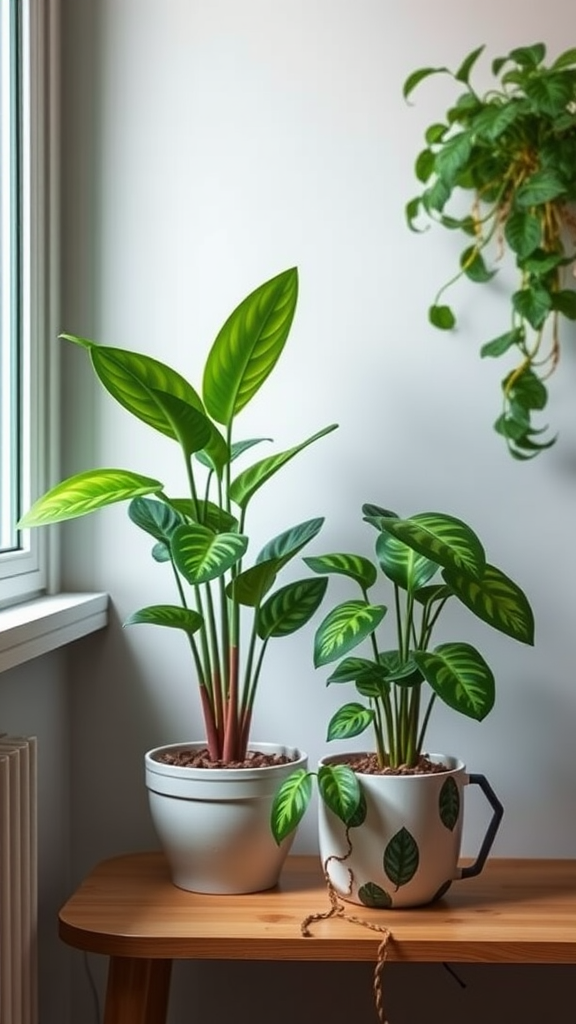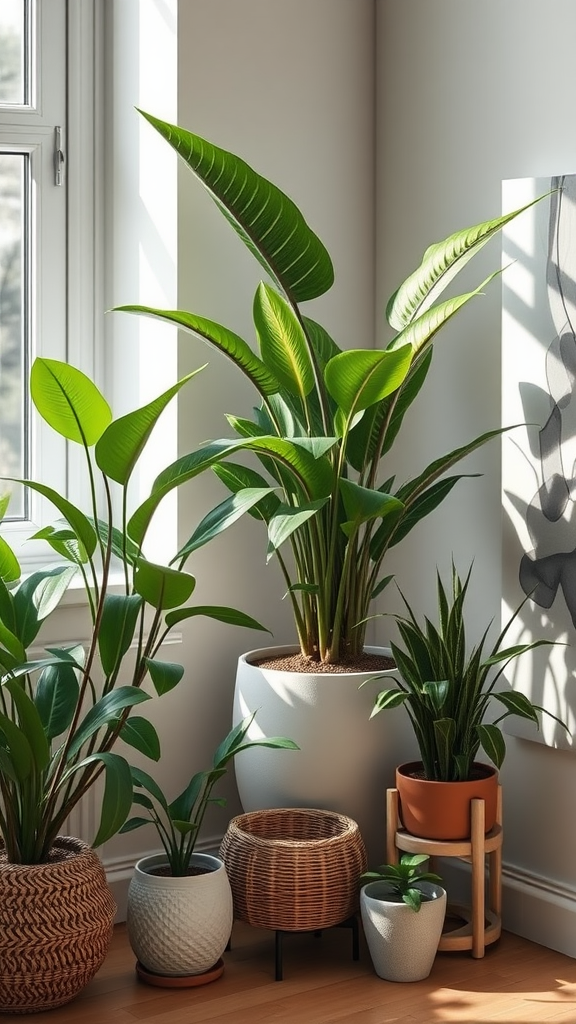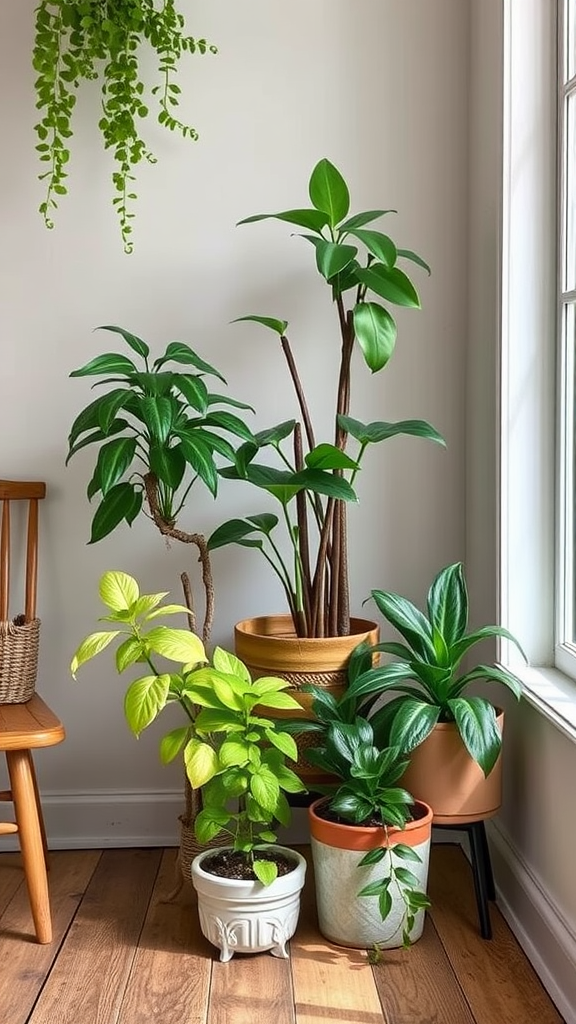Effective Watering Tips for Houseplants: How to Prevent Overwatering
Taking care of houseplants can bring joy to your life, but providing them with the right amount of water is crucial for their health. Many plant owners unknowingly struggle with a common issue: overwatering. Understanding effective watering techniques can enhance the well-being of your plants and help avoid the complications that come from excess moisture. Here are some essential tips to keep your plants thriving without drowning them.
Understanding Plant Needs
Every houseplant has its unique watering requirements, influenced by factors such as species, pot size, and environmental conditions. It’s vital to familiarize yourself with the specific needs of your plants. Research or ask for advice on how much water your particular houseplant type requires.
Check the Soil Moisture
One of the best ways to determine if your plant needs water is by checking the soil moisture. Here are a few methods you can use:
- Finger Test: Stick your finger about an inch into the soil. If it feels dry at this depth, it’s time to water.
- Moisture Meter: Use a moisture meter to measure the soil’s moisture level precisely.
- Weight Test: Lift the pot to gauge its weight. Dry soil is lighter than wet soil; this method works best for larger pots.
Watering Technique
The way you water your plants can significantly impact their health. Here are some practices to adopt:
- Water Evenly: When watering, make sure to distribute the water evenly across the soil surface. This ensures that all roots have access to moisture.
- Slowly Absorb: Pour water slowly, allowing it to soak in rather than running off. This also prevents soil erosion and keeps the nutrients in place.
- Use the Right Tool: A watering can with a narrow spout allows for more control and can help prevent oversaturation in one area.
Adjust for Climate and Seasons
Seasons can significantly influence the watering needs of your houseplants. In summer, pots may dry out more quickly due to warmth, while winter may lead to slower evaporation. Here are some adjustments to consider:
- Summer: During hotter months, you may need to water more frequently. Keep an eye on the soil and adjust as necessary.
- Winter: In cooler months, plants generally require less water. Be especially cautious about watering during this time.
Avoiding Common Mistakes
Overwatering can lead to several problems, including root rot and fungal infections. Here are some mistakes to avoid:
- Using a Saucer for Excess Water: If your pot has a saucer, empty it after watering to prevent water from standing in the bottom.
- Watering on a Schedule: Instead of sticking to a fixed schedule, water based on the actual needs of the plant, considering the soil moisture level.
- Ignoring the Signs: Be vigilant about any signs your plant may show, like yellowing leaves, which can indicate overwatering.
Choosing the Right Soil
The type of soil you use can greatly affect how well it retains water. Opt for a potting mix designed for your specific type of houseplant. Well-draining soil can help prevent excess moisture buildup, reducing the risk of overwatering. Look for soil that contains organic matter and has good aeration properties.
Know Your Plant’s Pot
The type of pot can also affect moisture retention. For example, clay pots are porous and allow moisture to evaporate faster than plastic pots, which retain moisture longer. Knowing the characteristics of your plant’s pot can help you tailor your watering routine.
Keeping your houseplants healthy requires attention and understanding of their watering needs. By implementing these effective watering tips, you can avoid overwatering and create a thriving environment for your plants. Remember, a little caution and observation go a long way in plant care, ensuring your greenery remains lush and vibrant!
Understanding Plant Needs: The Importance of Soil and Drainage in Watering
Watering houseplants can seem straightforward, but understanding their needs goes much deeper. Two vital components play a crucial role in their health: soil and drainage. Knowing how these factors influence watering helps you create the perfect environment for your beloved plants.
Why Soil Matters
The type of soil you use directly impacts your houseplant’s ability to absorb water. Different plants require different soil types to thrive. Here’s how soil contributes to your plant’s well-being:
- Water Retention: Some soils hold moisture well, while others drain quickly. For example, succulents prefer sandy, well-draining mixes that dry out quickly. On the other hand, ferns enjoy soils that retain more moisture.
- Air Circulation: Healthy roots need oxygen. Compacted soil can suffocate roots. A good quality potting mix allows for air pockets, promoting root growth and health.
- Nutrient Supply: Soil is not just a medium to support the plant. It also supplies essential nutrients. Using a nutrient-rich potting mix helps nourish your plants as they grow.
Choosing the right soil type is the foundation of a successful watering routine. Be sure to select a potting mix tailored to the specific needs of your plants.
Understanding Drainage
Drainage is equally crucial when it comes to watering. Proper drainage prevents water from pooling at the bottom of the pot, which can lead to root rot. Here are some key aspects of drainage:
- Drainage Holes: Always use pots that have drainage holes. This allows excess water to escape, helping to prevent overwatering.
- Potting Materials: Consider using pots made of clay or ceramic, which are porous and allow for evaporation of moisture. This can help keep the soil from becoming too wet.
- Layering: Adding a layer of gravel or small stones at the bottom of the pot can enhance drainage. Just ensure that you don’t cover the drainage holes.
Watering Techniques
Knowing the right watering techniques can significantly improve your plant care routine. Here are some effective methods:
- Check Soil Moisture: Before watering, always check the top inch of soil. If it feels dry, it’s time to water. If it’s still moist, wait a few more days.
- Water Evenly: When you do water, do so evenly around the base of the plant. This promotes healthy root growth and prevents waterlogging in one area.
- Use Room Temperature Water: Cold water can shock the roots. Using water at room temperature is gentler and more effective in promoting absorption.
By using these watering techniques, you can further ensure that your plants receive just the right amount of moisture.
Signs of Overwatering
Even with perfect soil and drainage, it’s possible to overwater. Be on the lookout for these signs:
- Yellowing Leaves: If the leaves are turning yellow and dropping off, it may be a sign that your plant is sitting in too much water.
- Wilting: It may seem counterintuitive, but overwatered plants can wilt. The roots become stressed and can no longer take up water effectively.
- Mold or Fungus: A soggy environment encourages fungal growth. If you see mold on the soil surface or around the pot, it’s time to reassess your watering routine.
Identifying these symptoms early can save your plants from severe damage. If you notice them, allow the soil to dry out completely before watering again.
Creating the right environment for your houseplants requires a balance of soil type, drainage, and watering techniques. By paying close attention to these elements, you’ll ensure your houseplants thrive instead of merely surviving.
These tips into your plant care routine can lead to healthier, happier plants. Remember, every plant is unique, so observe their behavior and adjust your methods accordingly for the best results.
Conclusion
Preventing overwatering is essential for the health of your houseplants. By following effective watering tips, you can provide your plants with the right amount of moisture they need to thrive. Remember, it’s not just about how much water you give; it’s also about understanding each plant’s unique needs. Different plants have varying requirements for light, humidity, and water, so take the time to research and observe your greenery.
Soil and drainage play crucial roles in a plant’s overall well-being. Well-draining soil helps excess water escape, reducing the risk of root rot. Additionally, pots with drainage holes allow for proper water movement, ensuring that your plants don’t sit in stagnant water. Clear signs such as yellowing leaves or wilting can indicate that your houseplants need less water.
Regularly checking the soil moisture is an effective way to determine if your plants require watering. Stick your finger about an inch into the soil; if it feels dry, it’s likely time to give your plant a drink. On the other hand, if the soil is still moist, hold off on watering.
Taking the time to apply these watering tips will significantly enhance your indoor gardening experience. By understanding your plants’ needs and ensuring proper soil and drainage, you’ll create a thriving environment that allows your houseplants to flourish. Happy planting!

